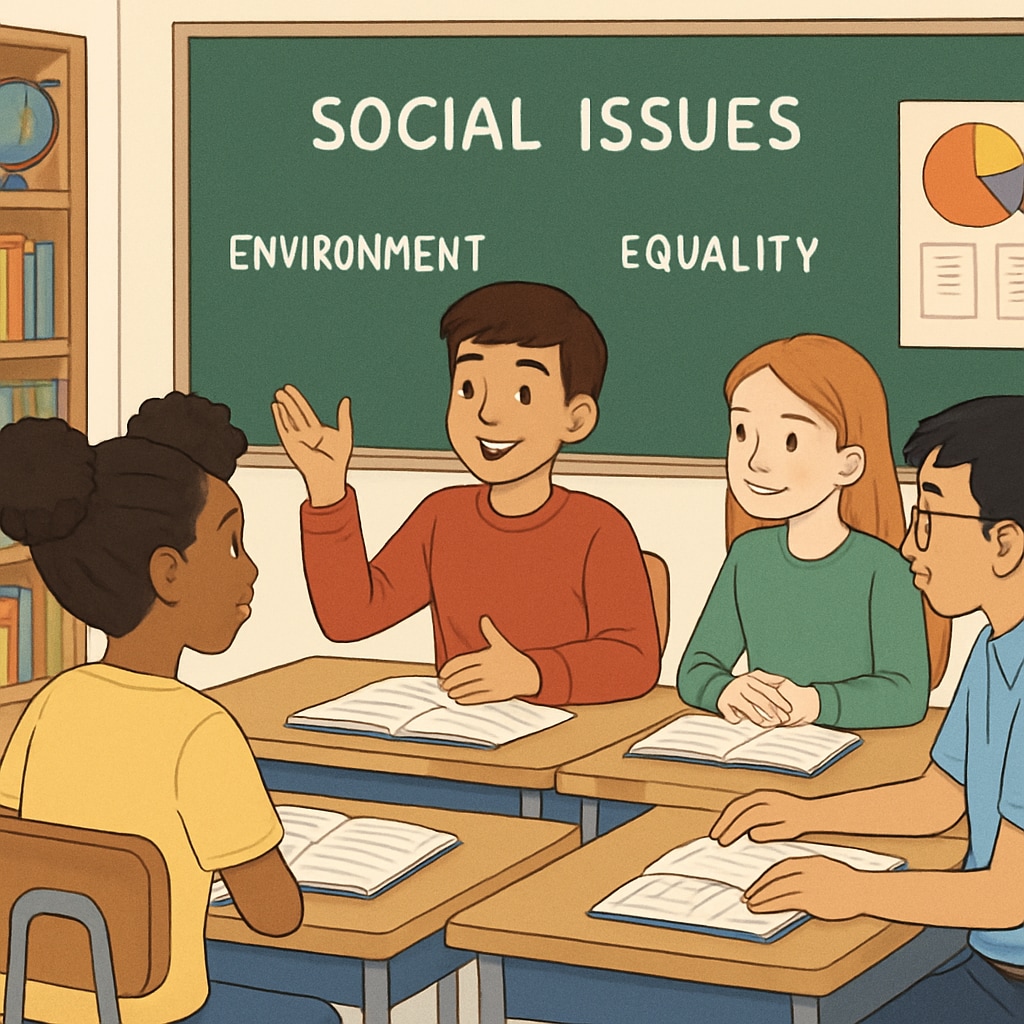In recent years, the term “wokeness” has become a significant topic of discussion across various sectors, including education. In the context of K12 schools, “wokeness” refers to an awareness of social injustices and the promotion of diversity, equity, and inclusion (DEI) initiatives. This article delves into the impact of wokeness on K12 education, examining how students perceive their school’s political correctness and its role in shaping their cognitive and social development. By exploring these perspectives, we aim to understand how schools can respect diverse values while staying true to the essence of education.
Understanding “Wokeness” in the Educational Context
The concept of wokeness originated as a call to be vigilant about social inequalities, particularly regarding race, gender, and economic disparities. In schools, this has translated into policies and curricula designed to foster inclusivity and equity. For example, some schools have integrated lessons on systemic racism or gender diversity into their programs. While such efforts aim to create a more just society, they have also sparked debates about the boundaries of political correctness and the role of education in addressing societal issues.

For students, wokeness in schools often manifests in the form of adjusted disciplinary policies, culturally diverse curricula, and an emphasis on respectful dialogue. However, students’ reactions to these initiatives can vary widely depending on their personal backgrounds, family values, and the broader community culture.
How Students Perceive Political Correctness in Schools
Students’ perceptions of their school’s political stance are shaped by both direct experiences and indirect influences. For instance, a student who encounters lessons on social justice may feel empowered to question societal norms, while another may perceive these lessons as overly ideological. Interestingly, research suggests that the way schools communicate their values can significantly impact how students interpret their educational experience.
Based on recent studies, students’ responses to wokeness in schools can be categorized into three general attitudes:
- Engagement: Some students view discussions around diversity and equity as enriching and necessary for their personal growth.
- Neutrality: Others may remain indifferent, focusing instead on academic goals and treating such initiatives as peripheral.
- Resistance: A minority may perceive these efforts as imposing a particular worldview, leading to discomfort or opposition.
These varied responses highlight the challenge for educators: how to create an inclusive environment that simultaneously respects diverse opinions and beliefs.
Balancing Inclusivity with Educational Integrity
For schools aiming to balance inclusivity with educational integrity, it is essential to focus on fostering critical thinking rather than prescribing specific viewpoints. Encouraging students to analyze issues from multiple perspectives can reduce polarization and promote mutual understanding. Here are some practical strategies schools can adopt:
- Incorporate diverse voices and perspectives in the curriculum while avoiding one-sided narratives.
- Provide training for teachers on facilitating open and respectful classroom discussions.
- Engage parents and the community to create a shared vision for inclusive education.
Moreover, transparency in communicating the purpose behind wokeness-related initiatives can help students and parents better understand their value. As a result, schools can mitigate misunderstandings and build trust within their communities.

Conclusion: The Role of Schools in Navigating Wokeness
Wokeness in schools is a double-edged sword. On one hand, it can empower students to become socially conscious and empathetic individuals. On the other, if not implemented thoughtfully, it risks alienating certain groups or overstepping the primary purpose of education. By prioritizing critical thinking, fostering dialogue, and respecting diverse opinions, schools can navigate the complexities of wokeness while staying committed to their educational mission.
Ultimately, the goal is not to dictate beliefs but to equip students with the tools to navigate a diverse and evolving world. In this way, schools can honor both the principles of equity and the essence of education.
Readability guidance: Short paragraphs and lists are used to enhance clarity. Overly complex sentences and excessive jargon are avoided. This ensures the article is accessible to a broad audience, while still maintaining a professional tone.


